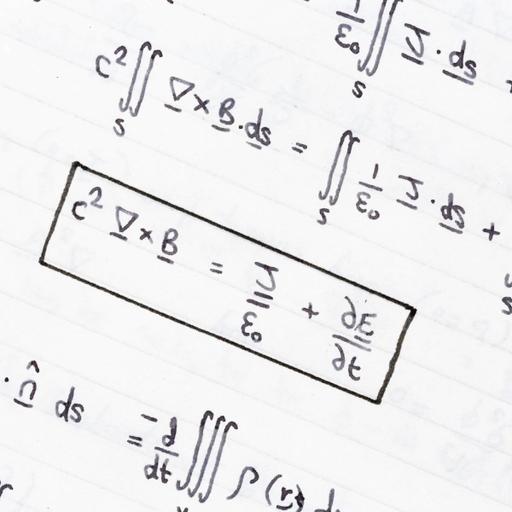Basics Terms in Thermodynamic Studies
Presentations | English
Thermodynamics can be defined as the study of energy, energy transformations and its relation to matter. It simply states that during an interaction, energy can change from one form to another but the total amount of energy remains constant. The relationship between energy, heat, and work is represented mathematically with the equation: ΔU = w + q, where the change in internal energy of the system is represented by ΔU. The second law of thermodynamics states that the entropy (spontaneity) of an isolated system will increase over time. The human body obeys the laws of thermodynamics. As the sweat absorbs more and more heat, it evaporates from your body, becoming more disordered and transferring heat to the air, which heats up the air temperature of the room. Many sweating people in a crowded room, "closed system," will quickly heat things up. One such scientist was Sadi Carnot, the "father of thermodynamics", who in 1824 published Reflections on the Motive Power of Fire, a discourse on heat, power, and engine efficiency. This marks the start of thermodynamics as a modern science.

8.00
Lumens
PPTX (32 Slides)
Basics Terms in Thermodynamic Studies
Presentations | English
